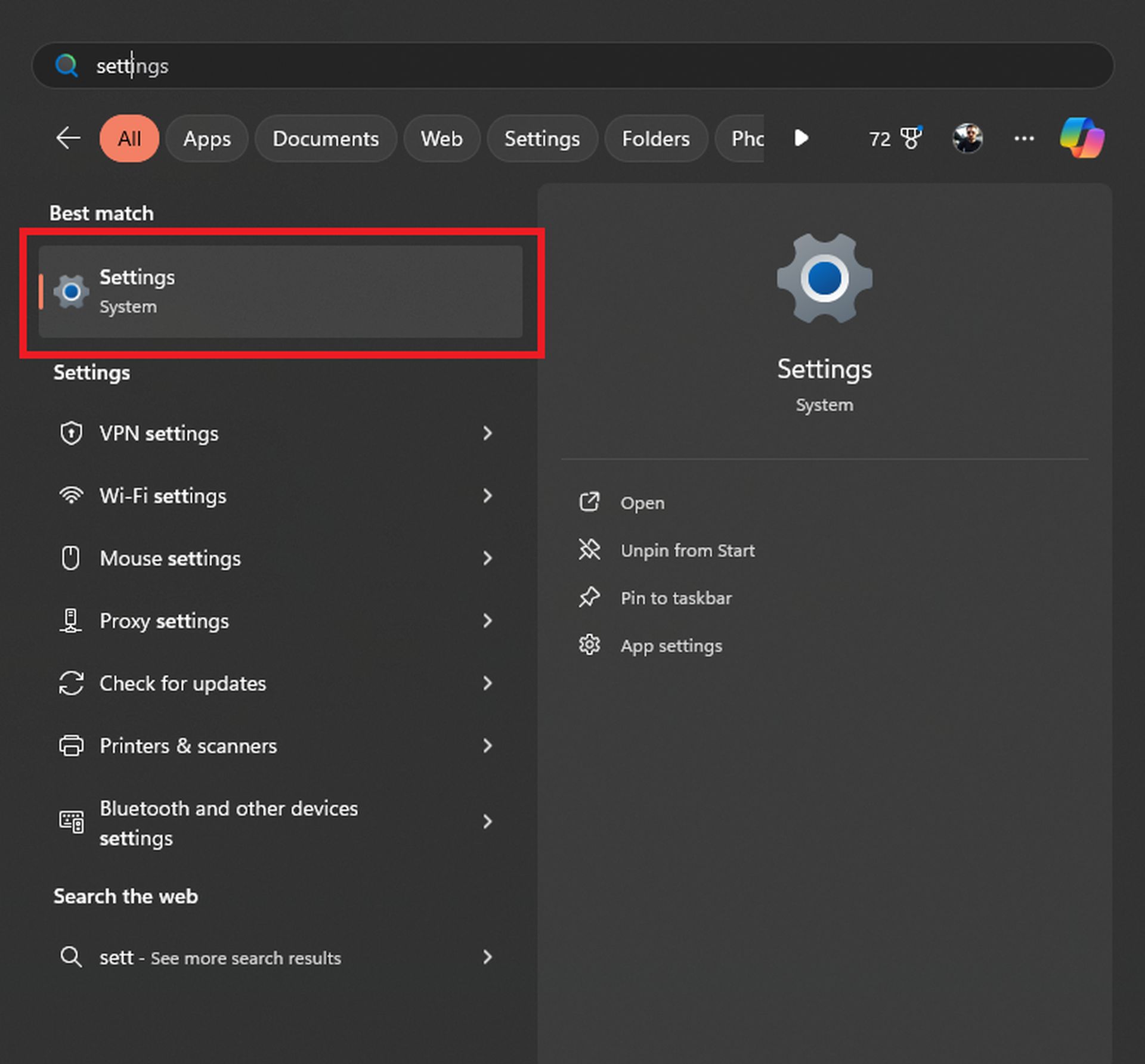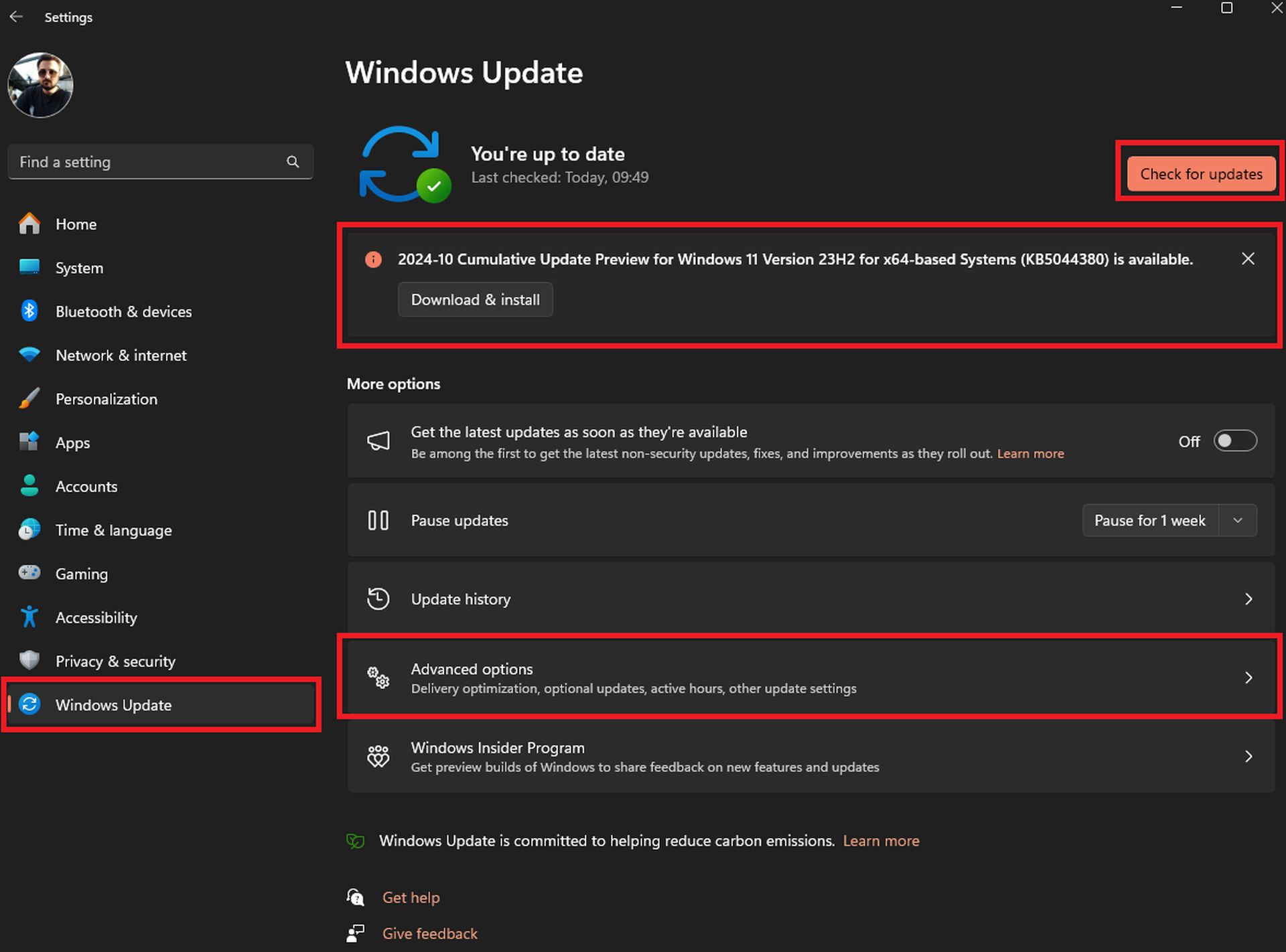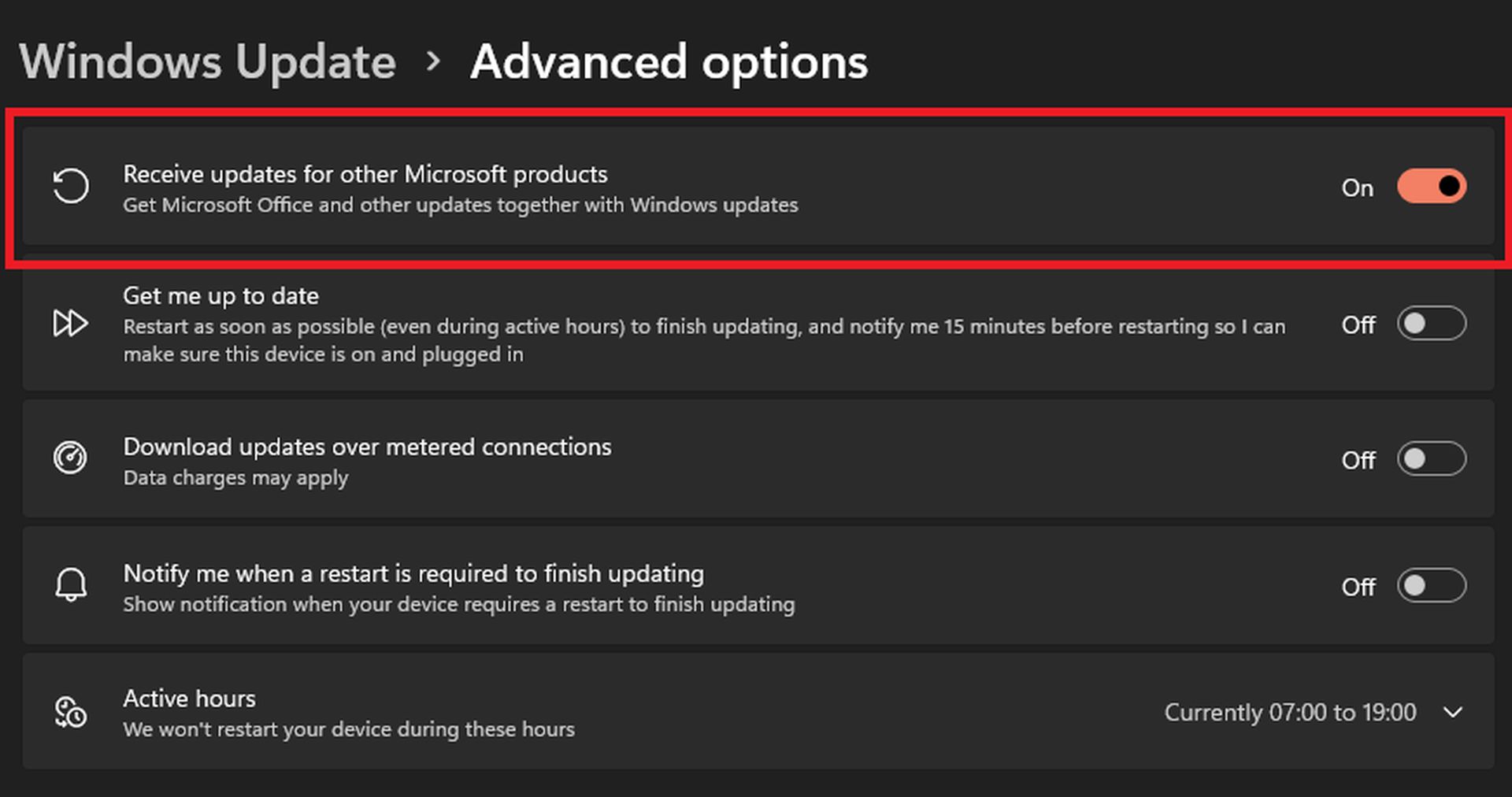It’s funny when you realize you’ve all been there at one point or another—ignoring that persistent update reminder. However, if you defer updates to your computer, that could be risky regarding the best way to keep your computer secure. Updating your PC isn’t just for keeping things in top shape; it’s to arm your system with protection from cyber threats that leave it vulnerable to exploitation by those threats. This is why understanding the importance of updates is essential and why following the recent October 2024 release by Microsoft is important.
Protecting your system: How updates strengthen security
You can bet that security patches to fix known vulnerabilities are part of many software updates. Operating systems are continuously subject to attacks by cybercriminals looking to exploit and attack weak points to obtain personal data, install malware, or even hold an entire system hostage. You’re essentially leaving the door open for these threats by skipping updates.

In the October 2024 update, Microsoft addressed 117 vulnerabilities, two of which were active “zero-day” threats. These are just some types of threats, such as CVE2024-43572, which affect the Microsoft Management Console, from which hackers can run harmful code remotely on your computer. On the other hand, CVE-2024-43573 is another weakness that exploits the MSHTML Platform and appears as a trusted website or service to steal information. These updates are essential for protecting your data if you’re running Windows.
Updating now: What’s at stake if you don’t
These are real vulnerabilities, but they might sound like technical jargon for everyday users. Can you imagine a hacker getting his hands on your computer or accessing the personal data on your device? Apart from making individual computers vulnerable to attack, some vulnerabilities can affect entire networks simultaneously, carrying risks to firms and other organizations using shared gadgets.
A good example is CVE-2024-43468, a vulnerability in Microsoft’s Configuration Manager that can worry IT teams managing large networks. With a severity rating of 9.8/10, this vulnerability can allow remote code execution without user interaction, making it easy for hackers to swiftly spread malware throughout a network.
How to update your Windows PC for security

To secure your PC with the latest updates:
- Open Settings: Click the Start menu, type “Settings” in the search bar, and select it.
- Navigate to Windows Update: In the Settings menu, go to “Windows Update.”
- Check for updates: Click “Check for Updates” and follow the prompts to download and install any available updates.

If you previously disabled automatic updates, re-enabling them is simple and essential for maintaining your system’s security. Here’s how to turn updates back on to stay protected:
- Open Settings: Click the Start menu, type “Settings” in the search bar, and select it.
- Turn on automatic updates: Select “Windows Update” on the left-hand menu, then click “Advanced options.” Ensure “Receive updates for other Microsoft products” is turned on, and set your update options to “Automatic.”

Turning automatic updates back on ensures that your PC receives the latest security patches without any manual steps, helping you stay one step ahead of potential cyber threats.
Keeping your system updated is straightforward and offers robust protection against emerging threats. As vulnerabilities grow more sophisticated, staying up-to-date can mean the difference between a secure system and an exposed one.
Image credit: Microsoft





